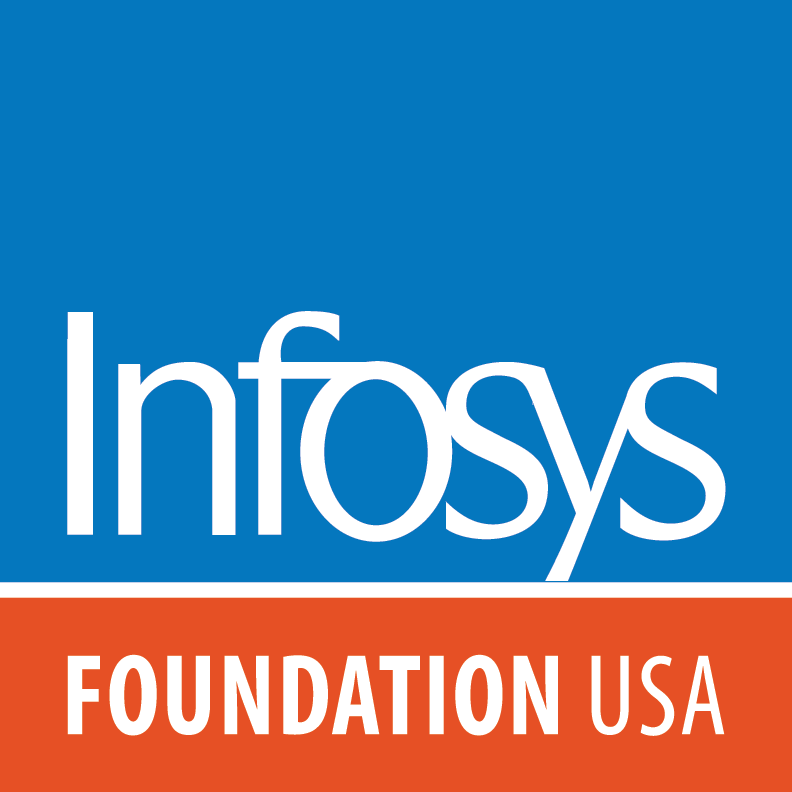 Maker education means a lot of different things to different people and the term can be discussed with varied terminology (project-based learning, youth-centered learning, deep learning). We’ve seen how this linguistic confusion can hinder progress in supporting learning and teaching experiences for youth, educators and institutions.
Maker education means a lot of different things to different people and the term can be discussed with varied terminology (project-based learning, youth-centered learning, deep learning). We’ve seen how this linguistic confusion can hinder progress in supporting learning and teaching experiences for youth, educators and institutions.
Maker Ed has identified concrete outcomes and indicators for the practice of maker education, as well as ways to move along a progression of development from Getting Started to Embedding, Sustaining and Sharing. We believe that this will help us move past the stumbling blocks of terminology and onto a smoother path of concrete and shared understandings of our goals.
We are excited to introduce our first foray into this type of tool, our Maker Educator Assessment Rubric, developed thanks to the generous support of the Infosys Foundation USA.
The rubric is designed for educators to identify where they are within the stages of development, along four categories of pedagogy (Goals, Planning Activities & Lessons, Planning Learning Progressions, Facilitation, and Development & Assessment), and to offer resources that support them in progressing to new stages.
Imagine Maria M., a middle school science teacher, was interested in deepening her practice in planning maker-centered activities and lessons, and she’d like to support her classroom in becoming more learner-driven. She might determine that in her classroom, “learner values, understanding, and reflections are incorporated into activities,” and seek to move towards a space where “learners have opportunities to drive the direction of learning based on their values, understandings, and reflections.”
The Maker Education Assessment Rubric supports Maria to focus on identifying ways she can support learners to play a more active role in driving the direction of learning. She is then able to set goals around how she plans to achieve this shift and use the Maker Ed Resource Library to find resources that will support her own growth. In addition, she could connect with a colleague, and through a process of peer-mentoring, use these indicators to focus observations and conversations with her mentor.
This self-assessment tool is a living document, and as we create or discover new resources, we will continue to link them here, so check back often for updates, or subscribe to our newsletter!
And we’d love to hear from you! If you have ideas or feedback, please fill out our Contact Us form here.
